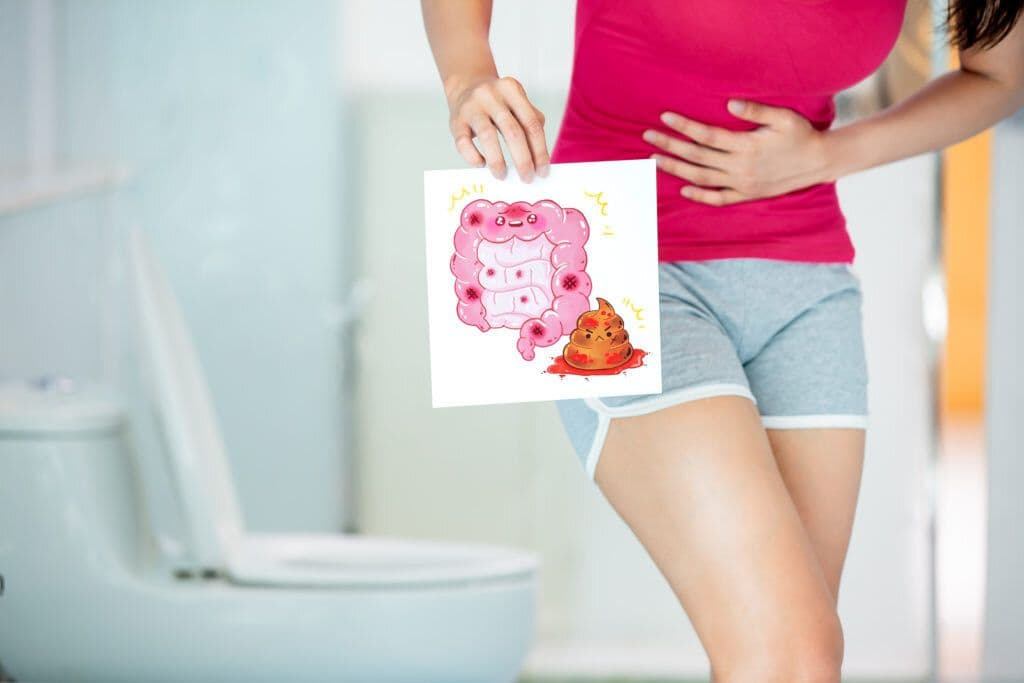A flash of red after wiping can be unsettling, but it’s a surprisingly common experience. While your mind might jump to the worst-case scenario, the cause is often minor and easily treatable. Understanding the potential reasons is the first step toward addressing the issue and finding peace of mind. The key is to observe the symptoms without fear and know when a simple lifestyle change is enough versus when it's time to consult a professional.
The color and amount of blood provide important clues. Bright red blood on the toilet paper or in the toilet bowl usually points to an issue in the lower colon or rectum. The most common culprits are often benign and linked to your bowel habits and lifestyle. If you experience this, consider if one of these common causes might be the reason:
- Hemorrhoids: Swollen veins in the anus or lower rectum, often caused by straining during bowel movements.
- Anal Fissures: Small tears in the delicate lining of the anus, typically resulting from passing hard or large stools.
- Constipation: This is a primary cause of straining, which can lead to both fissures and irritated hemorrhoids.
- Vigorous Wiping: Sometimes, the cause is as simple as friction from wiping too hard with dry toilet paper.
While many causes are minor, you should never ignore rectal bleeding. Persistent bleeding, blood mixed directly into the stool, dark or tarry-looking stool, or the presence of other symptoms like abdominal pain, fever, or unexplained weight loss are all signs that you need to see a doctor immediately. A professional evaluation is the only way to get an accurate diagnosis and ensure your health is not at risk.
Frequently Asked Questions
Q: Is seeing blood when I wipe always a sign of something serious?
A: Not always. Common causes like hemorrhoids or anal fissures are usually not serious. However, it's crucial to get a proper diagnosis from a healthcare professional to rule out other conditions.
Q: What's the difference between bright red and dark red blood?
A: Bright red blood typically indicates bleeding near the anus. Darker, black, or tar-like stools suggest bleeding is happening higher up in your digestive tract, which requires immediate medical attention.
Q: How can I help prevent this from happening?
A: Increase your daily intake of fiber and water to soften stools and prevent straining. Regular exercise and avoiding sitting on the toilet for prolonged periods can also significantly reduce your risk.





